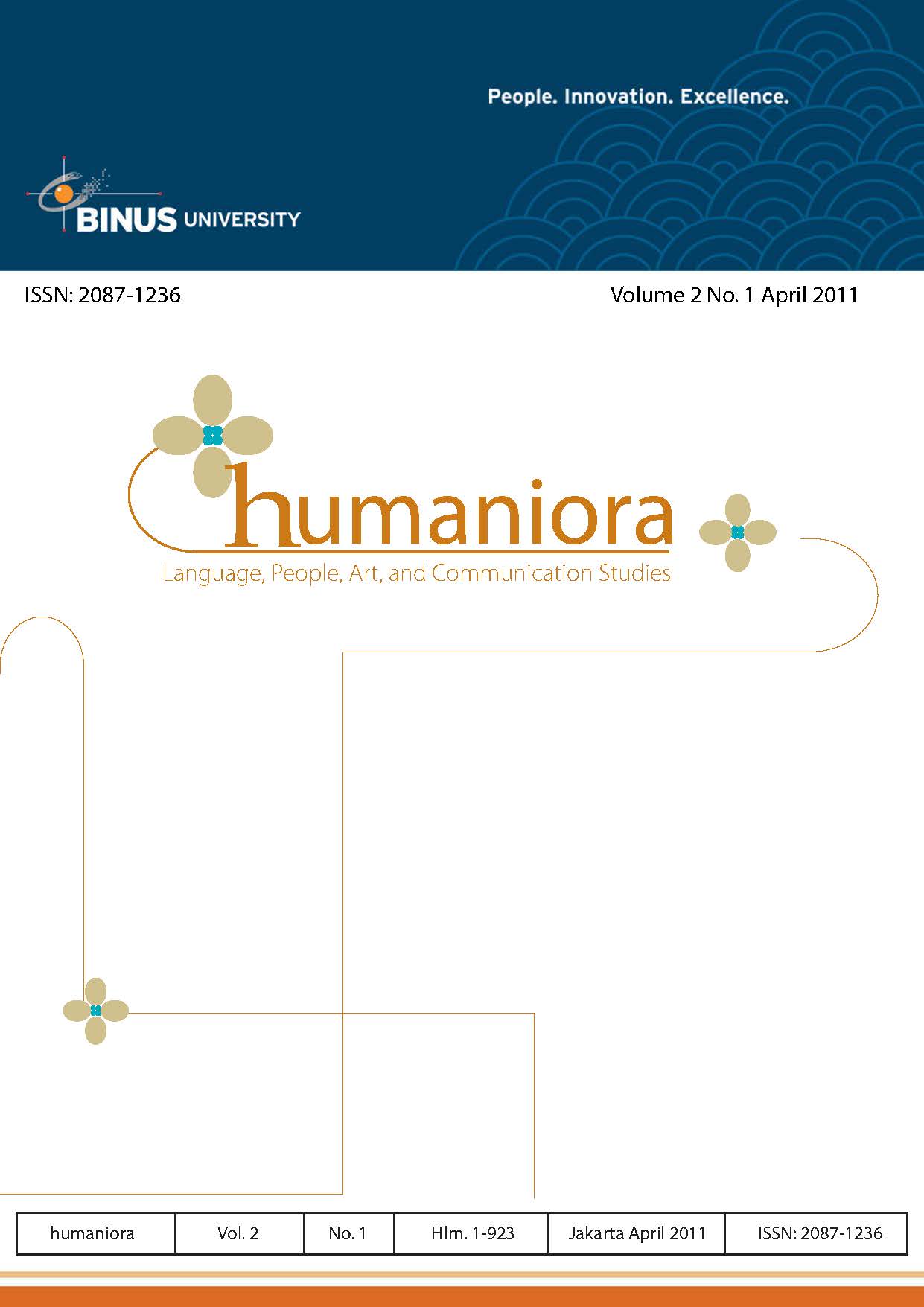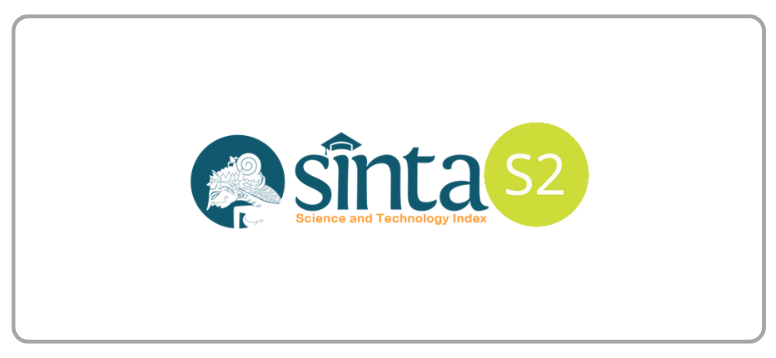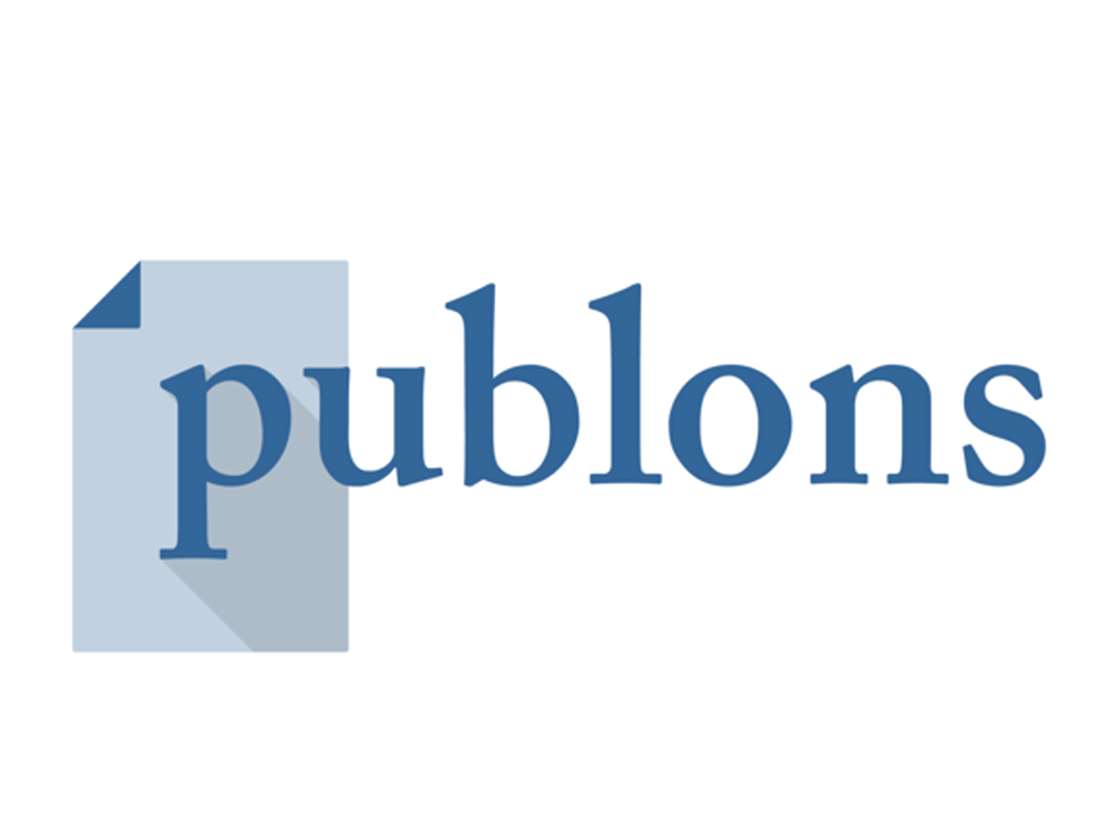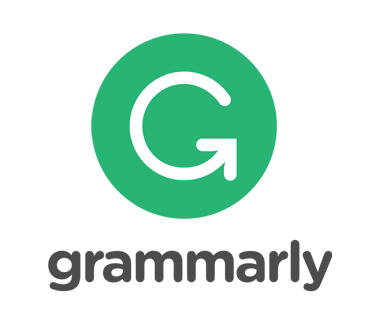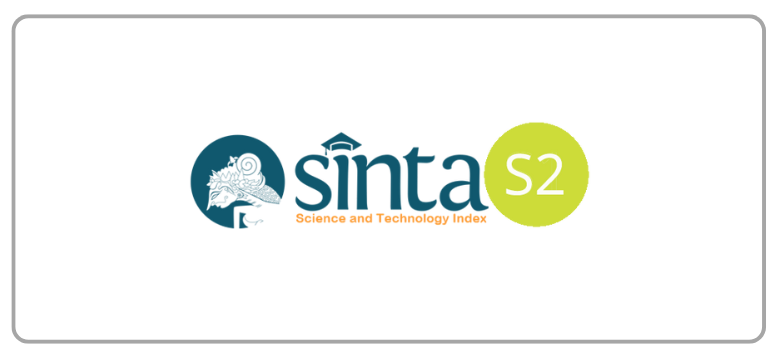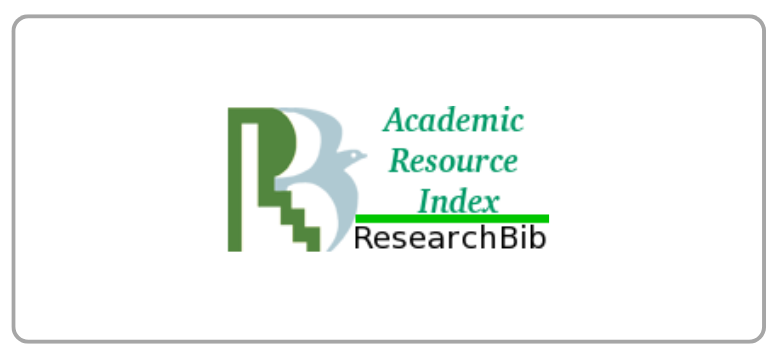Gambaran Strategi Coping Stress Siswa Kelas XII Sman 42 Jakarta dalam Menghadapi Ujian Nasional
DOI:
https://doi.org/10.21512/humaniora.v2i1.3004Keywords:
coping stress, national exam, senior high school studentsAbstract
This study intended to know the description of stress coping strategies of 12th grade students of Jakarta 42 State Senior High School in facing National Exam. This study stems from the interest of researchers towards the number of cases of high school students who do not pass the National Exam. Researchers seek to impart knowledge to students on how to cope with their stress effectively and to the school and parents for providing the proper approach for students to face the National Exam. This study is a quantitative study using questionnaires as a measurement to know the description of stress coping strategies of Jakarta 42 State Senior High School students. Research instruments are compiled based on the theory developed by Lahey. In this research, obtained results that the class XII students of SMAN 42 Jakarta have a more predominant use of effective coping to cope with their stress in facing the National Exam. The most widely used strategy is removing stress and managing stress reaction
Â
Â
Plum Analytics
References
Appley, M. H., & Trumbull, R. (1986). Dynamics of stress: Physiological psychological, and social perspectives. New York: Plenum Press.
Folkman, S., & Lazarus, R. (1988). Coping as a mediator of emotion. Journal of Personality and Social Psychology, 54, 3, 466-475.
Francis, S. C. (2002). Gambaran Coping Stres Pada Pengungsi Timor-Timur Yang Tinggal di Nusa Tenggara Timur. Skripsi. Jakarta: Fakultas Psikologi Universitas Katolik Indonesia Atma Jaya.
Gatchel, R. J., Baum, A., & Krantz, D. S. (1989). An Introduction to Health Psychology (2nd edition). New York: McGraw-Hill.
Greenberg, J. (2004). Comprehensive Stress Management (8th edition). New York: McGraw-Hill.
Lahey, B. (2007). Psychology An Introduction (9th Edition). New York: McGraw-Hill.
Mendiknas. (2007). Peraturan Menteri Pendidikan Nasional Republik Indonesia Nomor 34 Tahun 2007 tentang Ujian Nasional Sekolah Menengah Pertama/Madrasah Tsanawiyah/Sekolah Menengah Pertama Luar Biasa (SMP/MTS/SMPLB), Sekolah Menengah Atas/Madrasah Aliyah/Sekolah Menengah Atas Luar Biasa (SMA/MA/SMALB), Dan Sekolah Menengah Kejuruan (SMK) Tahun Pelajaran 2007/2008. Jakarta: Kementerian Pendidikan Nasional.
Rice, P. L. (1999). Stress and Health (3nd Edition). California: Brooks/Cole Publishing Company
Santrock, J.W. (2003). Adolescence Perkembangan remaja. Jakarta: Erlangga.
Santrock, J.W. (2004). Psikologi Pendidikan (edisi ke-2). Jakarta: Kencana.
Sarafino, E. (1994). Health Psychology: Biopsychosocial Interaction. Toronto: John Wiley & Sons, Inc
Suldo, S., Shaunessy, E., Thalji, A., Michalowski, J., & Shaffer, E. (2009). Sources of Stress for Students in High School College Preparatory and General Education Programs: Groups Differences and Associations with Adjustment. Adolescence, 44(176), 925-948. Retrieved from Psychology and Behavioral Sciences Collection database.
Suntari, P. (1997). Stress & Perilaku Coping pada Siswa SMU Unggulan: Studi eksploratif pada Siswa SMU 70 Jakarta. (skripsi tidak dipublikasikan). Jakarta: Program S1 Universitas Indonesia.
Downloads
Published
How to Cite
Issue
Section
License
Authors who publish with this journal agree to the following terms:
a. Authors retain copyright and grant the journal right of first publication with the work simultaneously licensed under a Creative Commons Attribution License - Share Alike that allows others to share the work with an acknowledgment of the work's authorship and initial publication in this journal.
b. Authors are able to enter into separate, additional contractual arrangements for the non-exclusive distribution of the journal's published version of the work (e.g., post it to an institutional repository or publish it in a book), with an acknowledgment of its initial publication in this journal.
c. Authors are permitted and encouraged to post their work online (e.g., in institutional repositories or on their website) prior to and during the submission process, as it can lead to productive exchanges, as well as earlier and greater citation of published work.
USER RIGHTS
All articles published Open Access will be immediately and permanently free for everyone to read and download. We are continuously working with our author communities to select the best choice of license options, currently being defined for this journal as follows: Creative Commons Attribution-Share Alike (CC BY-SA)
